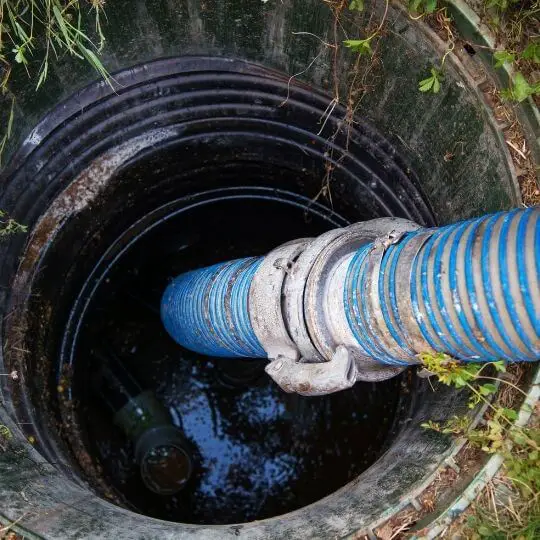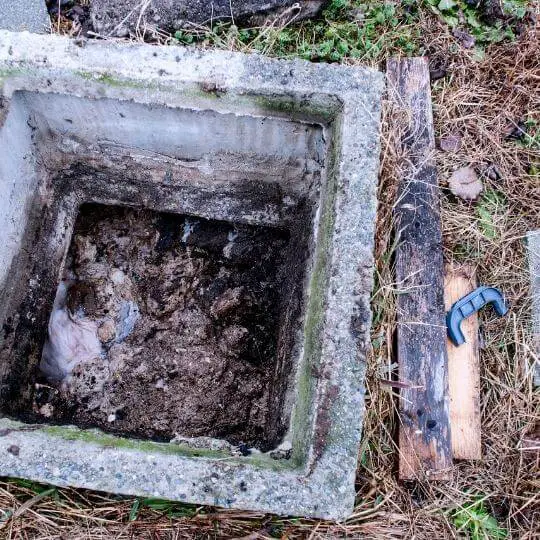These popular septic treatments, Ridex and Yeast, have gained popularity because of their natural active enzymes and bacteria to breakdown the household wastes. That in mind, deciding on whether “Ridex vs Yeast” is best for your septic tank, continue reading .
Clogged or blocked septic system are the main source of problems like bad odor, gurgling pipe sounds, trouble flushing, and slow drains.
Your family is at a risk of being exposed to potential health problems and also discomforts. The good news is, you don’t have to always hire a professional to help you. There are few products in market that you can buy and start a DIY process to restore your septic.
In this article, we provide detailed information about these two kind of septic treatments ingredients, how to use them, and what distinguishes them.
Ridex Vs Yeast
We have chosen to compare Ridex septic treatment and Yeast septic treatment. These two septic treatments represent the most used addictives today.
Ridex septic addictive

Ridex is a scientifically prepared septic addictive and also drains maintenance formula. It contains 100% natural bacteria while enzymes disintegrate household wastes like fats, oil, bodily wastes, starches, food, and proteins.
Also, it can dissolve paper products such as toilet paper and towels. Ideally, the formula works and are perfect instrumemts in dissolving organic build up in systems and pipes that are prone drain fly infections.
Uses of Ridex
- Garbage disposal
- Plumbing and drainage systems. That includes shower drains, kitchen, sinks and toilets.
- Recreational vehicles
- Out of house
How to use Ridex?

Ridex works more like enzyme drain formulas. They use a special formula to eat away organic matter from the septic systems. Its main purpose is to maintain balance of bacteria in the septic tank.
The enzymes begin to start on the system once they come in contact with the sewer content. However, it takes approximately 2-4 hours for Ridex bacteria to germinate then start eating away the waste.
Then, the bacteria take 2- 4 days to multiply to the maximum levels. However, the speed at which household wastes breakdown highly depends on the septic system.
Ridex addictives are available in three distinct formulas: liquid, powder and gel packs. These formulas, also, come in different packaging styles, boxes, sachets and bottles containing the following ingredients.
- Protease: Breaks down protein content
- Amylase: Breaks down starches
- Lipase: Eats away grease, fats, and oils
- Cellulase: Eats away food and toilet paper
Let’s now look at the three main types of Ridex.
Liquid septic tank system maintenance
With a dosage of 8 fl.oz of liquid septic tank system maintenance, it treats up to 5000 gallons capacity tank. For use, pour the liquid or sink drain into the toilet, flush the system or run water for minimum 15 seconds.
Powder septic tank system maintenance
It is the best formula to use of your plumbing system is inactive. For instance, you can use it at night or maybe when you are almost going on vacation.
SepticPac septic system maintenance
Gel packs are made for septic tanks with a capacity of 700-1500 gallons. For best results, place the formula into your toilet on a monthly basis and flush. Each pack of SepticPac septic system maintenance has 3 tablets for three months making it 6 tablets in total.
Is Ridex really safe?
Ridex is totally safe for septic tank as it actually breaks down solids, wastes, and oils inside the plumbing pipes.
However, it does not clean existing clogs but used once the clog is cleared. It also works as a preventive tools as it reduces the formation of clogs.
Read Also: Septic Tank Filling With Groundwater
As we had seen earlier, each bottle and box of Ridex contains ingredients that are scientifically proved to help in breakdown of the solid organic household waste. But, is Ridex really necessary?
Is Ridex really necessary?
According to Ohio Department of Health and the EPA, it is not recommended to use addictives like Ridex. There research is backed up by the potentially hazardous and detrimental effect on septic’s system waste treatment.
Disadvantage of Ridex
The major disadvantage of Ridex is that you have to allow time for the project to complete before using the septic tank. This tends to be very inconveniencing as you have to find other alternatives during that period.
Also, it takes more time to reach its optimum level. This means Ridex results are not instant.
Yeast for septic tank treatment
By introducing yeast to the septic system, it will break down starchy material therefore, the content will move down the drain with ease. Also, it will help dissolve protein, grease, fat and plant matter.
There are two types of yeast to help with septic treatment: Baker’s yeast and Brewer’s yeast.
- Bakers yeast
Baker’s yeast does not need oxygen to thrive. Its best in breaking down any complex waste to simpler components. Also, it speeds up decomposition process. However, it shouldn’t be the best way of removing accumulated sludge or eliminating clogs from septic system. Ideally, you will have to use other methods to maintain your septic.
- Brewer’s yeast
This type of yeast is perfect for use in keeping the septic tank leach flowing; by keeping bacteria alive.
How to use Yeast in septic system?
- First, run warm water into your drain
- Pour 2-3 cups of lukewarm water or repid into a bowl
- Add four and a half teaspoon or two packets of baker’s yeast in the bowl, stir thoroughly
- Add 2 cups of cornmeal and sugar into your mixture and stir
- Use a towel to cover the mixture and wait until it froth
- Pour the mixture into the nearest toilet that is close enough to the septic then flush twice
Repeat this process every 3 -6 months, depending on the capacity of the septic tank. Note, do not use your septic system for 2 hours after flushing to allow the yeast accelerate the pace of microorganisms in the septic.
Does adding yeast to your septic system really help?

Before going into details, let’s look at what is yeast.
Yeast is a fungus. Its primary purpose is to breakdown alcohol and chocolate. They are commonly used in the medical field.
Back to system, there are multiples micro bacteria always working to breakdown human increment in septic tank. These natural breakdowns give home owners approximately 3-5 years to remove the accumulated solids in the septic tank.
By adding yeast mixture for septic tank, it competes with the existing bacteria causing depletion of the needed bacteria (natural) in the tank. Though yeast helps in breaking down starches, it doesn’t help in production of the needed additional bacteria in the septic tank.
Ideally, yeast does not break down all solids that end up in the tank. This is why you should not use it as a replacement for septic tank maintenance.
Read Also: Is Tide Septic Safe
Disadvantage of using yeast
Some of the solid wastes in septic tanks are sand, plastic, grit and similar contents. Ideally, no yeast, bacteria or enzyme can digest such particles and organic solids. Meaning, you will have to schedule a day to remove the organic solids once they accumulate.
Do septic tank treatments really work?
Chemical septic tank treatment can cause harm to your septic system as it kills the bacteria and also pollute the environment.
Biological additives are not only safe for the septic tank but are also safe for the environment. By relying on biological treatments, you will increase the longevity and efficiency of the septic tank.
Read Also: Septic Tank Overflows When Washing Clothes
Bottom Line
In this product breakdown, we have looked at their features, how they work, and performance. By understanding the biological theory used between these two products you can find the best for you home. Ridex is not only best at breaking solid organic waste; it’s also safe to flush. Yeast, on the other hand, is a natural remedy which makes it a safe DIY septic treatment option.

Michael Davis is a heating & plumbing expert who currently works as independent contractor in SC. He also writes for Plumbertip.
For almost 10 years he worked on various plumbing tasks across South Carolina.



